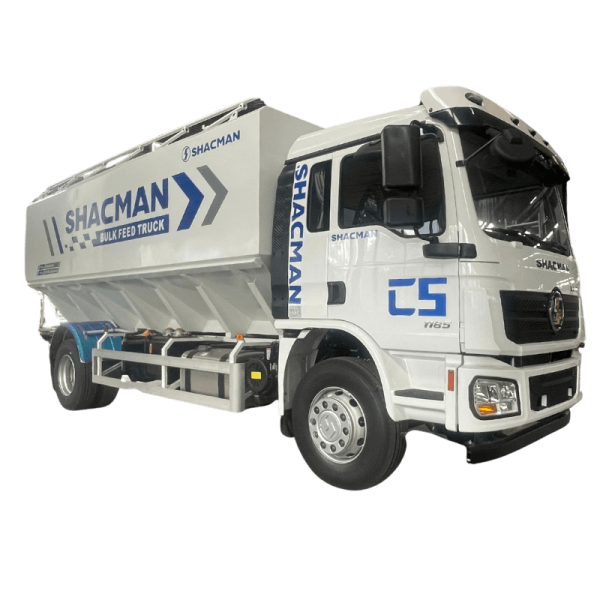Introduction
Garbage truck transfer stations play a crucial role in the efficient collection and transportation of waste in urban areas. These facilities serve as key hubs where garbage trucks unload their collected waste for further processing and transfer to larger disposal sites. In this article, we will explore the functions, design, operation, and environmental impact of garbage truck transfer stations, highlighting their significance in modern waste management practices.
Function of Garbage Truck Transfer Stations
Garbage truck transfer stations serve as intermediate facilities that facilitate the transfer of waste from smaller collection vehicles to larger transport vehicles. This process allows for more efficient transportation of waste to disposal sites, such as landfills or recycling facilities. At transfer stations, garbage is consolidated, compacted, and loaded onto larger trucks for long-distance transport, reducing the number of trips required to transport the waste.
The primary function of transfer stations is to improve the operational efficiency of waste collection and transportation systems. By consolidating waste at centralized locations, transfer stations help to streamline the logistics of waste management, reduce transportation costs, and optimize the use of available resources. Additionally, transfer stations provide a convenient point for sorting and processing recyclable materials before they are sent for recycling, further enhancing the sustainability of waste management practices.
Design and Layout of Garbage Truck Transfer Stations
Garbage truck transfer stations are designed to accommodate the flow of waste from collection vehicles to transfer trucks in a safe and efficient manner. The layout of a transfer station typically includes the following key components:
1. Waste Unloading Area: This is where garbage trucks unload their collected waste into designated tipping floors or pits. The unloading area is designed to accommodate multiple trucks simultaneously and is equipped with ramps or lifts to facilitate the unloading process.
2. Transfer and Processing Area: Once the waste is unloaded, it is sorted, compacted, and loaded onto transfer vehicles for transport to disposal sites. This area may include equipment such as compactors, conveyor belts, and sorting stations to facilitate the processing of waste.

3. Recycling and Sorting Facilities: Some transfer stations are equipped with facilities for sorting and processing recyclable materials, such as paper, plastics, and metals. These materials are separated from the general waste stream and sent for recycling to minimize the amount of waste sent to landfills.
4. Administrative and Support Buildings: Transfer stations may include offices, maintenance facilities, and other support buildings to house administrative staff, equipment operators, and maintenance personnel. These buildings provide essential infrastructure for the day-to-day operation of the transfer station.
Operation of Garbage Truck Transfer Stations
The operation of garbage truck transfer stations involves a series of steps to ensure the efficient handling and processing of waste. The typical operation of a transfer station can be summarized as follows:
1. Waste Collection and Transport: Garbage trucks collect waste from residential, commercial, and industrial sources and transport it to the transfer station for processing. Upon arrival, the trucks unload their waste at the designated unloading area.
2. https://www.heli-truck.com/wp-content/uploads/2024/06/ISUZU-GIGA-6x4-20000-liters-Sewage-Suction-and-Sewer-Jetter-Truck-picture-9.png Sorting and Processing: At the transfer station, waste is sorted to separate recyclable materials from general waste. Recycling facilities may be used to process materials such as cardboard, glass, and plastics before they are sent for recycling. Non-recyclable waste is compacted and loaded onto transfer trucks for transport to disposal sites.
3. Transfer and Transport: Waste is loaded onto transfer trucks, which transport it to landfills, recycling facilities, or other disposal sites. These trucks are larger than typical garbage trucks and are designed to transport large volumes of waste over long distances.
4. Maintenance and Cleaning: Transfer stations require regular maintenance and cleaning to ensure safe and efficient operation. Equipment such as compactors, conveyor belts, and sorting stations must be properly maintained to prevent breakdowns and delays in waste processing.
Environmental Impact of Garbage Truck Transfer Stations
Garbage truck transfer stations play a significant role in waste management practices and have both positive and negative environmental impacts. Some of the key environmental considerations associated with transfer stations include:
1. Air Quality: The operation of transfer stations can contribute to air pollution through the emission of greenhouse gases, particulate matter, and odors. Measures such as proper ventilation, dust control, and odor management are essential to minimize the impact on air quality.
2. Land Use and Aesthetics: Transfer stations require a considerable amount of land for their operation, which can impact local land use patterns and aesthetics. Proper siting and screening of transfer stations are important to mitigate visual impacts and preserve the surrounding environment.
3. Waste Diversion and Recycling: Transfer stations play a critical role in promoting waste diversion and recycling by providing facilities for sorting and processing recyclable materials. By separating recyclables from general waste, transfer stations help reduce the amount of waste sent to landfills and promote sustainable waste management practices.
4. Energy Consumption: The operation of transfer stations involves the use of energy-intensive equipment such as compactors, conveyor belts, and sorting stations. Implementing energy-efficient technologies and practices can help reduce the overall energy consumption of transfer stations and minimize their carbon footprint.
Conclusion
Garbage truck transfer stations are essential components of modern waste management systems, facilitating the efficient collection, transportation, and processing of waste in urban areas. These facilities play a crucial role in optimizing the logistics of waste management, reducing transportation costs, and promoting sustainable practices such as waste diversion and recycling. While transfer stations have environmental impacts that need to be addressed, their overall benefits in improving the efficiency and effectiveness of waste management outweigh the challenges. By continuing to invest in technology, infrastructure, and best practices, garbage truck transfer stations can contribute to a cleaner, greener future for our communities.
